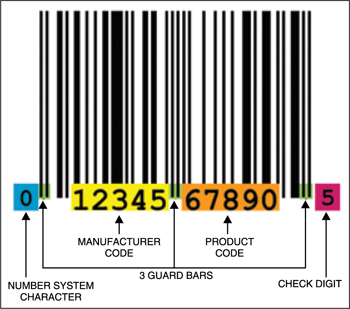Fig. 3 shows the sample format of a barcode. The various parts in which the barcode structure can be divided are:

Manufacturer code. This is a five digit number specifically assigned to the manufacturer of the product. The manufacturer codes are maintained and assigned by the Uniform Code Council (UCC). Every product which the manufacturer makes carries the same manufacturer code.
Product code. This is a five-digit number that the manufacturer assigns for a particular product. Every different product and every different packaging or size gets a unique product code. A manufacturer can have 99,999 unique product codes. The product code is marked in Fig. 3 with orange colour.
Three guard bars. There are three guard bars highlighted with green colour in Fig. 3, at the beginning, middle and the end of barcode. The beginning and ending guard bars are encoded as ‘bar-space-bar’ or ‘101.’ The middle guard bar is encoded as ‘space-bar-space-bar-space’ or ‘01010.’ The guard bars tell the computer-scanner when the manufacturer and product code begin and end. For example, when the computer scanner reads the first‘101’ or guard bar, the computer knows the next series of numbers is either the manufacturer or product code. Similarly, when the scanner reads the ‘01010’ or middle guard bar, the computer knows another number is coming. The guard bars are also the supposedly ‘666’ hidden in the barcode.
Number system character. This number is a UPC system number that characterises specific types of barcodes. A UPC barcode is normally on the left side of the barcode. The actual barcode (the ‘bars’ and ‘spaces’) is the one after the first ‘guard bar.’ The number system character is symbolised with blue colour in Fig. 3.
Check digit. Also called the ‘self-check’ digit, it is on the outside-right of the bar code. Check digit is an old-programmer’s trick to validate that the other digits (number system character, manufacturer code and product code) are read correctly. It is marked with red colour in Fig. 3.
Pricing system
In general, no special bar is mentioned or used for pricing a product. When the scanner at the checkout line scans a product, the cash register sends the UPC number to the store’s central point of sale (POS) computer to look up the UPC number. The computer sends back the actual price of the item at that moment. This approach allows the store to change the price whenever required. If the price were encoded in the barcode, they could never be changed so easily.
Zero-suppressed numbers
There are also short bar codes, called zero-suppressed numbers. There’s a set of rules around forming zero-suppressed numbers from full numbers, but the basic idea is to leave out a set of four digits—all zeros. The main reason for having zero-suppressed numbers is to create smaller bar codes for small product-packages like 355ml cans.
The author is an assistant professor in computer science at Dr G.R. Damodaran College of Science, Coimbatore, Tamil Nadu






